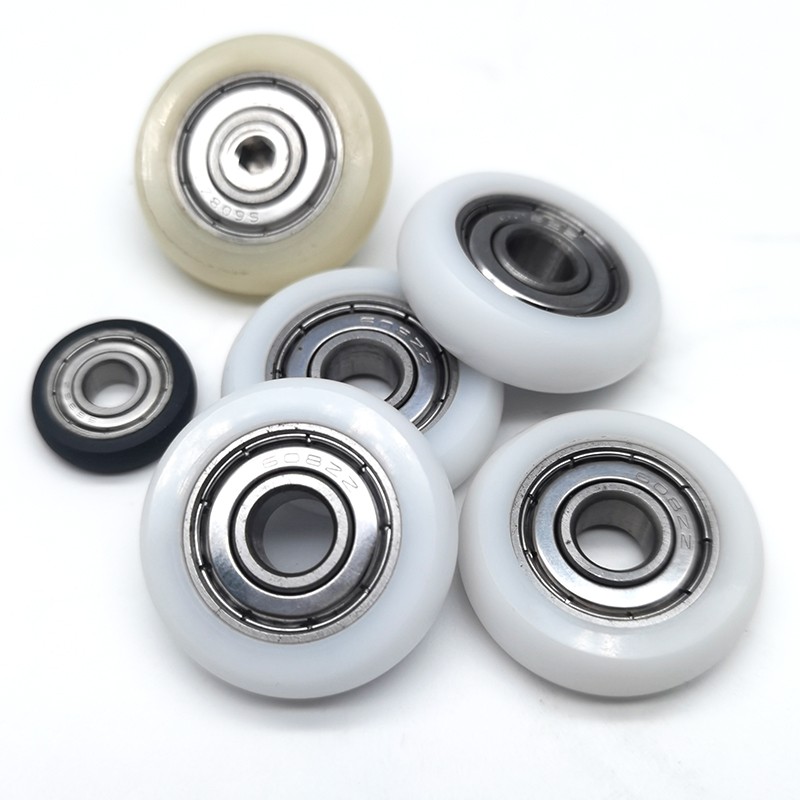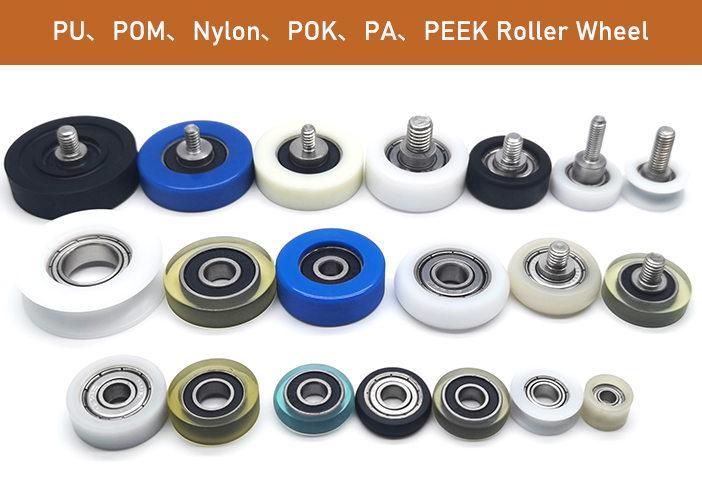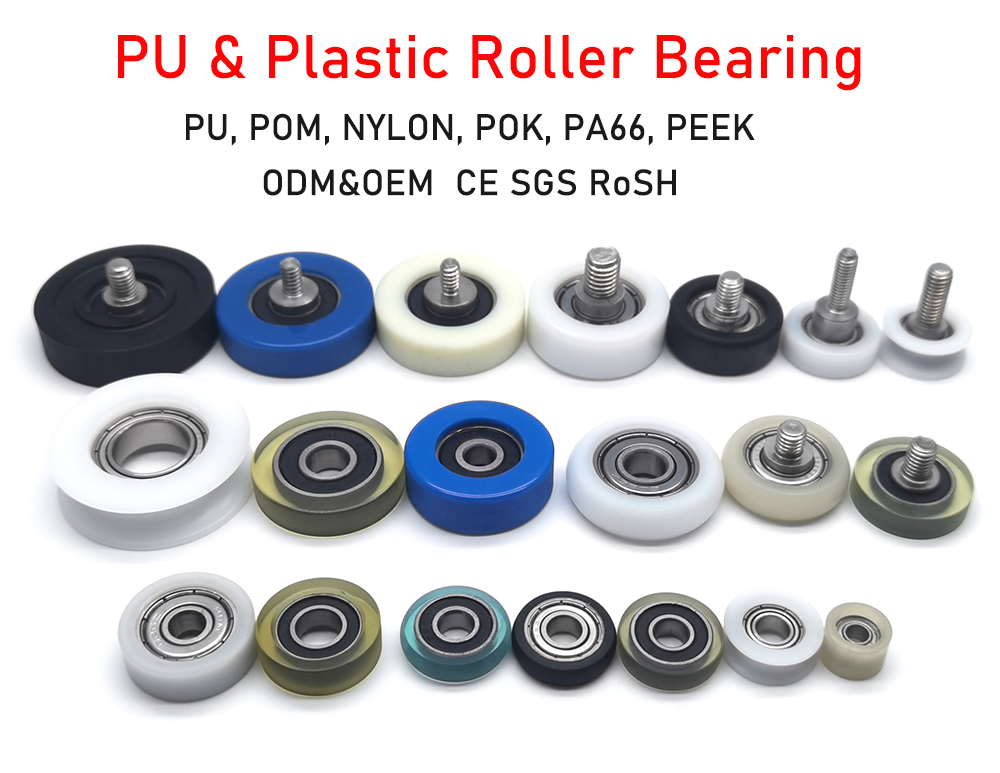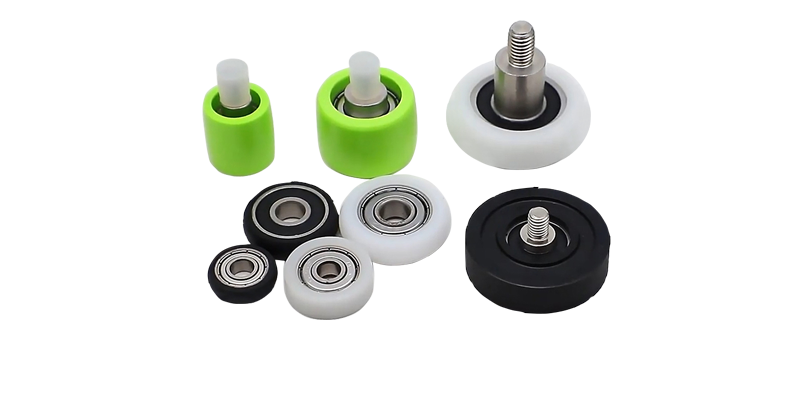86-15820855246(WhatsApp)
info@semeimachinery.com
 SEMEI Wheel Bearings : What material is better for rowing seat wheel?
SEMEI Wheel Bearings : What material is better for rowing seat wheel?Rowing seat wheels typically refer to the wheels on a rowing machine (also known as an ergometer) that allow the seat to move back and forth along a rail. These wheels are a crucial part of the rowing machine's design, simulating the motion of actual rowing.

Choosing high-quality materials is crucial for ensuring the performance and durability of rowing machine seat wheels. Below are some common materials used, along with their advantages and disadvantages, to help you decide which material best suits your needs:

Advantages:
High Wear Resistance: POM has excellent wear resistance, maintaining smooth sliding over long periods.
Low Coefficient of Friction: This material's low friction coefficient makes it ideal for applications requiring frequent sliding.
Good Mechanical Strength: POM offers high mechanical strength and rigidity, capable of withstanding significant loads.
Chemical Resistance: It resists many chemicals, extending its lifespan.
Disadvantages:
Higher Cost: Compared to other plastic materials, POM can be more expensive.
Advantages:
Self-Lubricating: Nylon has good self-lubricating properties, reducing the need for additional lubrication and lowering maintenance costs.
Impact Resistance: Nylon is resistant to impact and less likely to crack under dynamic conditions.
Lightweight: Nylon is relatively light, helping to reduce the overall weight of the equipment.
Wear Resistance: It performs well in contact with metal components, offering good wear resistance.
Disadvantages:
Hygroscopic: Nylon can absorb moisture, affecting its dimensional stability and mechanical properties, especially in humid environments.
Advantages:
Excellent Wear Resistance: PU excels in wear resistance, making it suitable for high-frequency use.
High Elasticity: PU has good elasticity and recovery, quickly returning to its original shape after bearing pressure.
Low Noise: PU wheels typically operate more quietly, reducing noise during use.
Disadvantages:
Higher Cost: PU material is relatively expensive, potentially increasing the overall cost of the equipment.
Temperature Sensitivity: PU can become harder or softer in extreme temperatures, affecting its performance.
Advantages:
Long Lifespan: Stainless steel bearings have a long lifespan, capable of handling high loads and speeds.
Dust and Water Resistance: Rubber-sealed bearings effectively prevent dust and water from entering, keeping the internal components clean.
Low Maintenance: High-quality stainless steel bearings generally require less frequent maintenance, reducing upkeep costs.
Disadvantages:
Heavier: Compared to plastic materials, stainless steel bearings are heavier, potentially increasing the overall weight of the equipment.
Higher Cost: Premium stainless steel bearings and rubber seals can be more expensive.
Advantages:
Lightweight: Aluminum is very light, helping to reduce the overall weight of the equipment.
Good Thermal Conductivity: Aluminum has excellent thermal conductivity, aiding in heat dissipation and extending the lifespan.
Corrosion Resistance: When properly treated, aluminum has good corrosion resistance.
Disadvantages:
Lower Hardness: Aluminum has lower hardness compared to some other materials, and prolonged use may lead to wear or deformation.
Higher Cost: High-quality aluminum materials and processing can be more expensive.
For rowing machine seat wheels, POM and Nylon (PA66) are two very common choices. Both offer good wear resistance and low friction, making them suitable for frequent use. If budget allows, Polyurethane (PU) is also an excellent choice, especially for users who prioritize quiet operation and durability. Additionally, wheels equipped with stainless steel bearings and rubber seals provide longer lifespan and better performance but add to the weight and cost.
If you need a balance between lightweight and durability, Nylon (PA66) might be the best option due to its lightness, self-lubricating properties, and impact resistance. For smoother and quieter operation, POM or PU are more appropriate.
